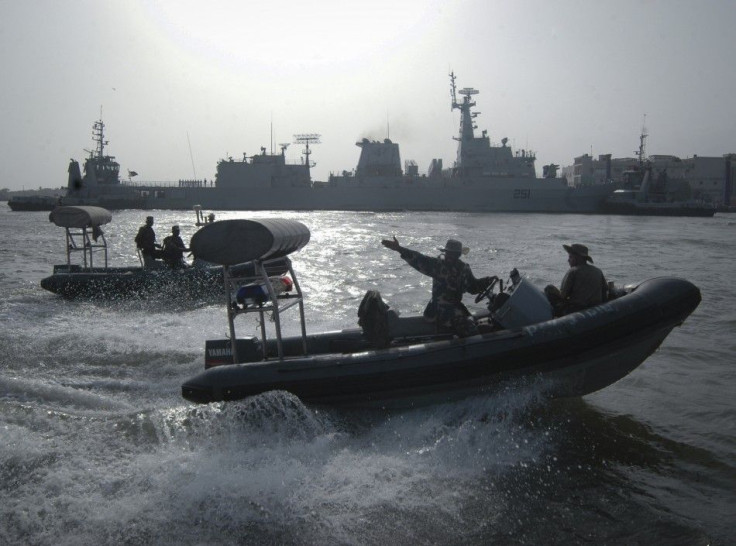Secret Flow Of Somali Piracy Ransoms: 179 Hijacked Ships Generated Some $400M In Payments Since 2005. So Where Has It All Gone?

Somali pirates have extracted hundreds of millions of dollars in ransom since 2005, but the men doing the actual attacks take home only a miniscule fraction of the payoff. Still, compared to what they could otherwise earn, piracy remains a lucrative livelihood.
Ransom payments to Somali pirates are estimated to have been between $339 million and $413 million in the period 2005-2012, according to a report issued Monday by the International Criminal Police Organization, United Nations Office on Drugs and Crime and the World Bank. In addition to Somalia, the study focused on Djibouti, Ethiopia, Kenya and the Seychelles.
During the years from 2005 to 2012, 179 ships were hijacked off the coast of Somalia and the Horn of Africa. The average ransom paid was $2.7 million, with ordinary pirates receiving $30,000 to $75,000 each and bonuses paid to those who brought their own weapons or were first to board the ship.
The newly released report dissects the complex and historical nature of piracy in the region and explains the unusual way in which money filters from the hands of those paying the fines to the pirate’s financial backers, government officials, middlemen and others.
The average pirate's pay amounts to only 0.01 percent to 0.025 percent of the average ransom payment, whereas the financiers take in up to 50 percent or more of the ransom. While the pirates face a high risk of being killed or captured, the 0.01 percent they might make -- $30,000 on average -- is 54 times the country's average annual salary of about $550.
After the ransom money makes it to Somalia, it goes into the local economy, creating jobs and wealth and fueling micro economies along the coast. But per standard practice, a portion of the money also goes to the militia that controls the port. In the case of Mogadishu, that means a 20 percent cut for al Shabab, an Islamist rebel group with strong ties to al Qaeda.
A large amount of the proceeds funds future criminal activities, military campaigns, migrant smuggling and human trafficking and is sometimes reinvested in piracy. Other parties getting paid off include cooks, pimps and lawyers.
Pirate operations can cost anywhere from a few hundred dollars for a small, individually funded operation to tens of thousands for large, multiship operations. Those can cost upward of $30,000, with "professional" funding coming from former military police, civil servants, drug dealers or fishermen, who take big cuts of the haul, sometimes as much as 75 percent.
Mistreatment of hostages results in a $5,000 fine for each pirate -- in some cases creating a debt that ensures they will be part of the next seige, so they can repay it. This fine is in keeping with the old pirate code that stated anyone who “meddled” with a woman without her consent “shall suffer present death.” In those days, some pirates found it hard to retire because of the debts they accrued.
Much of the pirates' personal money is tranferred out of the country through the region's open borders and then used to bring in luxury objects such as sport cars that cost upward of $12,000.
© Copyright IBTimes 2024. All rights reserved.




















